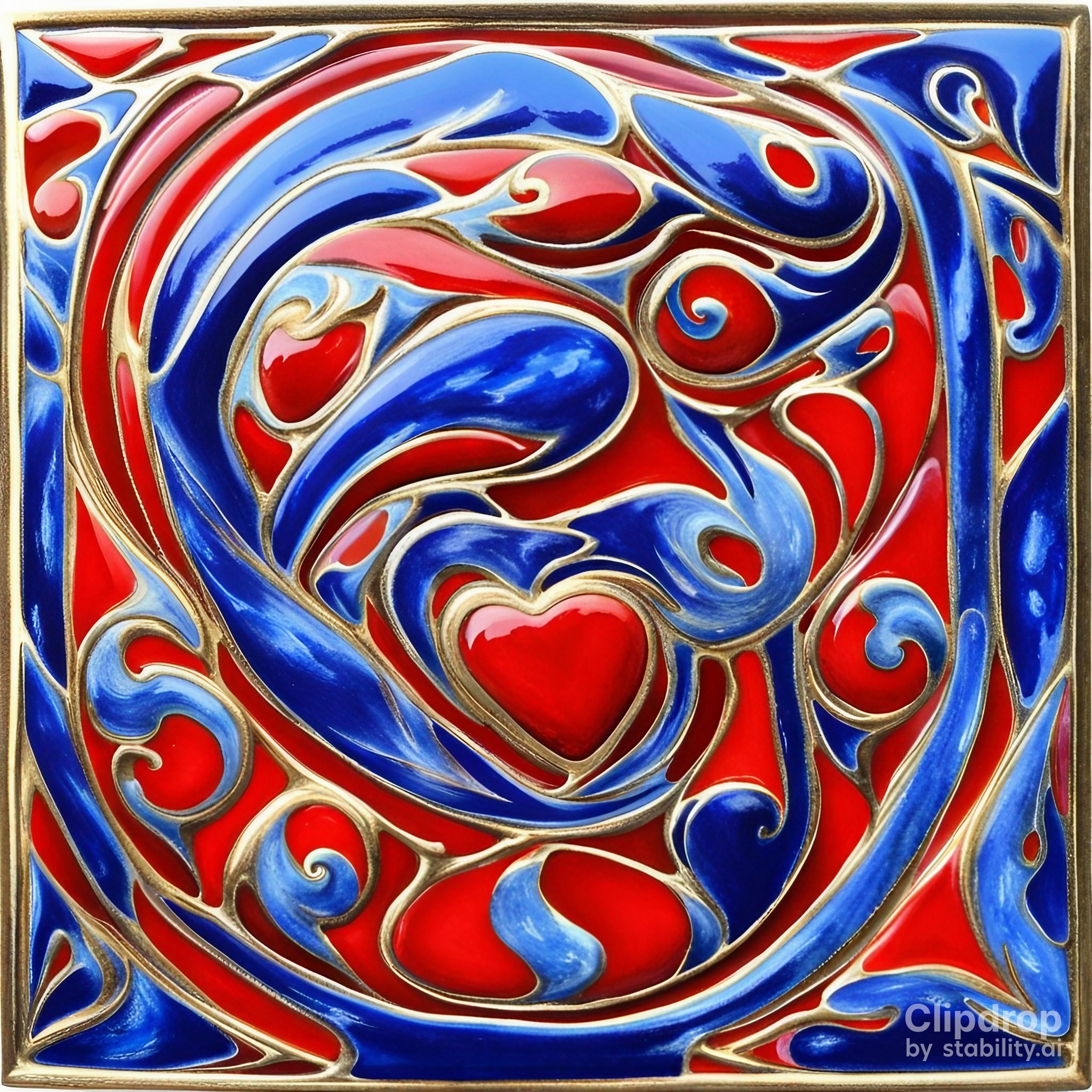creating colorful masterpieces: a guide to enamel painting techniques
What are the different types of paint?
When it comes to painting, artists have a plethora of options when choosing their medium. Three popular types of paint used in artwork are acrylic paint, oil paint, and enamel paint.
Acrylic Paint
Acrylic paint is a versatile water-based paint that dries quickly and creates a glossy finish. It is a popular choice for many artists due to its fast drying time and ease of use. Acrylic paint can be thinned with water to create transparent layers or used directly from the tube for opaque applications.
Oil Paint
Oil paint is a traditional medium that offers rich colors and a slow drying time. It is made by combining pigments with a drying oil, such as linseed oil. Oil paint is known for its ability to blend smoothly and create smooth, buttery textures. Artists who prefer working with oil paint often enjoy the extended drying time that allows for more manipulation and blending of colors.
Enamel Paint
Enamel paint is a type of paint that dries to a hard, smooth, and glossy finish. It is commonly used on surfaces like glass, metal, and ceramics. Enamel paint is loved by artists for its durability and vibrant colors. It provides a high-gloss finish that adds a professional touch to any artwork.
What are the popular enamel painting techniques?
Enamel painting offers a wide range of techniques to create art. Some popular enamel painting techniques include splatter painting, paint pouring, and watercolor techniques.
Splatter Painting
Splatter painting, also known as action painting, involves flinging or dripping paint onto the painting surface to create spontaneous and abstract designs. This technique allows artists to let go of control and embrace the element of surprise, resulting in unique and dynamic pieces of art.
Paint Pouring
Paint pouring is a technique used to create abstract and fluid designs. Artists combine different colors of enamel paint and manipulate the canvas or other surfaces to allow the paint to flow freely. This technique creates stunning patterns and blends that cannot be achieved with traditional brush strokes.
Watercolor Techniques
Enamel painting can also incorporate watercolor techniques. By diluting the enamel paint with water, artists can create translucent layers and achieve a watercolor-like effect. This technique offers a delicate and ethereal quality to the artwork.
How to use acrylic paint for enamel painting?
Acrylic paint can be a great alternative for enamel painting, providing similar results with ease of use. Here are the steps to use acrylic paint for enamel painting:
Choosing the Right Acrylic Paint
Start by selecting high-quality acrylic paint in a variety of colors. It is essential to choose the right type of acrylic paint that offers a glossy finish to achieve enamel-like results.
Prepping the Canvas
Before you begin painting, make sure your canvas or painting surface is clean and free from any debris. Apply a thin layer of gesso to prime the canvas, creating a smooth and even surface for your paint.
Applying the Acrylic Paint
Using a paintbrush or palette knife, apply thin, even layers of acrylic paint to your canvas. Build up the layers to create depth and add details to your artwork. Allow each layer to dry before adding the next to avoid smudging or blending of colors.
What are the essential art supplies for enamel painting?
To create your enamel masterpieces, you will need a few essential art supplies. These include paint brushes, a palette knife, and a blank canvas.
Paint Brushes
Invest in a variety of paint brushes to achieve different effects and strokes. Flat brushes are ideal for covering large areas, while round brushes are great for adding details and fine lines to your artwork.
Palette Knife
A palette knife is a versatile tool that can be used to mix colors, create texture, and apply paint to the canvas. It offers more control and allows for unique effects that cannot be achieved with a traditional paintbrush.
Blank Canvas
A blank canvas is the foundation of your artwork. Choose a high-quality canvas that is suitable for enamel painting. Consider the size and shape of the canvas depending on your desired artwork.
How to create shading in enamel painting?
Shading is an essential technique used in enamel painting to create depth and dimension. Here are some tips to help you create shading in your enamel paintings:
Understanding Light and Shadow
Study the interplay between light and shadow. Observe how light falls on objects and the resulting shadows it creates. Understanding light and shadow will help you accurately represent the three-dimensional form on a two-dimensional canvas.
Blending Colors
Blend different colors together to create smooth transitions and gradients. Use a soft brush and gently blend the colors on the canvas to create a realistic shading effect. Practice layering colors and blending techniques to achieve the desired shading.
Layering Techniques
Layering is another technique used to create shading in enamel painting. Apply thin layers of paint, allowing each layer to dry before adding the next. This builds depth and allows you to adjust the shading as needed.
Enamel painting offers endless possibilities for artists to create colorful and vibrant pieces of art. With a variety of techniques and mediums to choose from, artists can explore and experiment to develop their unique style. Whether you are a beginner or an experienced artist, mastering enamel painting techniques will enable you to create breathtaking masterpieces that showcase your creativity and artistic vision.
